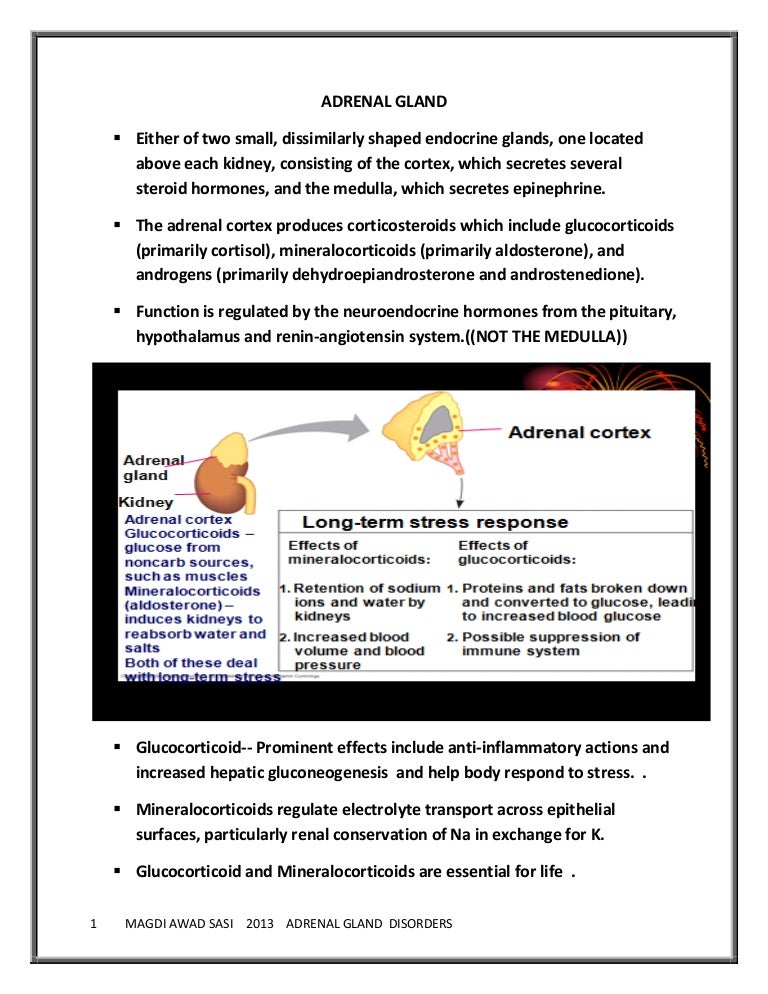
Recognizing Symptoms of Addison’s Disease in Dogsĭogs of any breed, either sex, and any age can develop Addison’s. I knew all this vomiting, alternating diarrhea and constipation, and other symptoms weren’t normal.”Īiyana’s new veterinarian immediately recognized the signs of Addison’s and did an ultrasound test, saw how small the dog’s adrenal glands were, and ordered an adrenal hormone blood test to confirm the diagnosis. A few weeks went by, and we had to keep her on intravenous fluids or she’d get really sick again. She was vomiting, very lethargic, and her digestive system just shut down, sometimes going days without a bowel movement. But a week after one of my other dogs passed away she became very sick. “Last fall I noticed Aiyana was starting to lose weight,” she says, “and because I had a lot of things going on I attributed her loss of appetite to stress and tried to feed her more. Some veterinarians speculate that Addison’s disease occurs in dogs at a rate as much as 100 times the rate in humans.Īiyana, a three-year-old Italian Greyhound who lives with Lydia Kunzler in Northern Utah, developed symptoms when she was nine months old, but none of the several veterinarians Kunzler consulted could find the cause. You don’t find Addison’s unless you look for it. However, veterinarians who routinely test for Addison’s often find it, suggesting that the illness is not really rare but rather under-diagnosed and under-reported.

First diagnosed in dogs in the 1950s, it is considered an uncommon canine disorder. Is Addison’s Disease fatal to dogs? Yes, if left untreated, but with appropriate treatment Addison’s can be managed so that affected patients lead normal, active lives. These vague symptoms, which may improve and then return, could stem from a dozen canine illnesses – or they might point to Addison’s.Īddison’s disease, named for the 19th century physician who defined this adrenal gland dysfunction, is also known as hypoadrenocorticism or adrenal insufficiency. Or your dog frequently ignores her dinner, vomits, or has diarrhea. She seems listless, her eyes have lost their spark, and she just seems “off.” You might notice intermittent muscle weakness, tremors, and an inability to jump into the car or onto a sofa. Something’s wrong with your dog but you’re not sure what. Observe your dog’s behavior and appearance to help determine the ideal medication dosage for her. Schedule checkups and blood tests to monitor your dog’s condition.ĥ. Learn about treatment options and cost-saving tips.Ĥ. If your dog shows symptoms, go to a veterinarian at once. Become familiar with Addison’s symptoms so you can recognize them in a hurry.Ģ. IF YOUR DOG HAS ADDISON’S DISEASE: OVERVIEWġ.


 0 kommentar(er)
0 kommentar(er)
